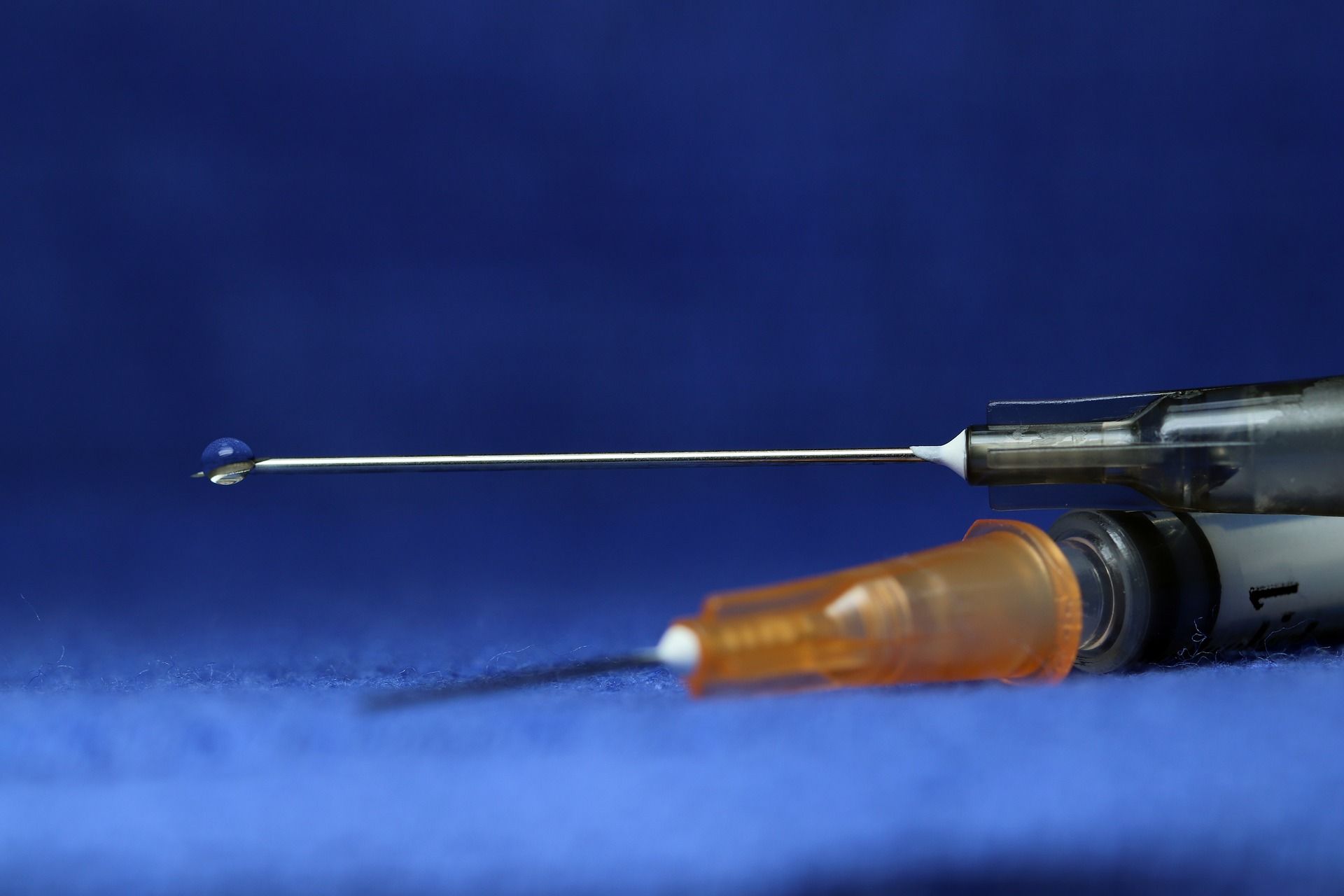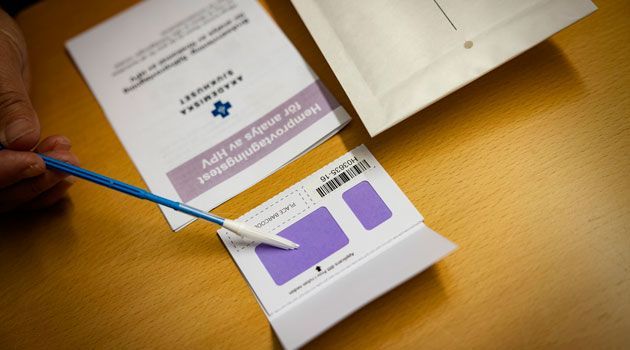
🎗 33 percent fewer deaths from cancer in the US in 30 years
Vaccination, better treatments, and fewer smokers are some of the factors behind a large reduction in cancer mortality in recent decades.
Share this story!
In 1991, 215 people per 100,000 died of cancer in the United States. A little over 30 years later, that figure is down to 144 people per 100,000 inhabitants, according to a report from the American Cancer Society.
This means that 3.8 million fewer people have died from cancer than if we had remained at 1991 levels during the following 30 years.
One reason for the big decline is that fewer people are now smoking. The HPV vaccine has also caused cases of cervical cancer to drop by as much as 65 percent during the period.
"The large drop in cervical cancer is very encouraging because this is the first group of women who received the vaccine. This probably means that we will also see large reductions in other cancers caused by HPV," says Rebecca Siegel, researcher at the American Cancer Society and lead author of the study, in a press release.
Modern treatments that have appeared in recent years have also led to fewer people now dying from cancer. Death rates from severe cancers such as leukemia, kidney cancer, and melanoma have decreased by two percent per year since 2016 due to better treatment methods.


By becoming a premium supporter, you help in the creation and sharing of fact-based optimistic news all over the world.



